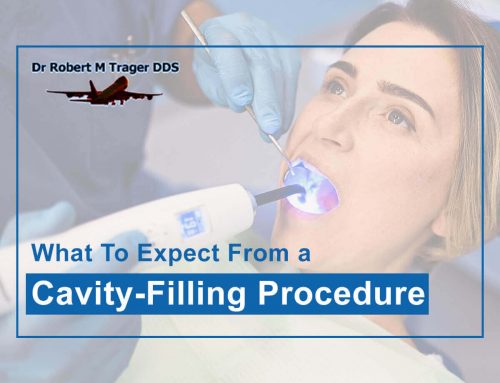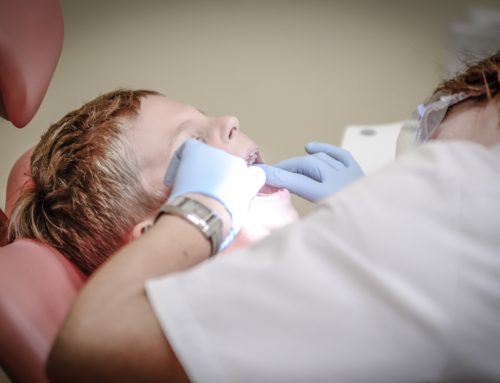
Let’s take a closer look at gum disease, mostly known as periodontitis, which has the Latin root meaning of “inflammation around the tooth.” It can also affect far more than just one’s teeth and gums – one’s whole body can be damaged by it once bacteria enters the bloodstream. People can count it as a contributor to ailments like diabetes. A healthy mouth can improve the chances of a healthy body.
That’s why it’s important to know what to look out for with gum disease.
Symptoms
One of the first noticeable signs may be that the person’s gums may change colors from their normal pink to either red or purple. The color will depend on how bad the infection is. The gums may also become inflamed and become tender. Chewing may be painful and one’s teeth may loosen.
There are seven types of periodontitis but three are the most seen –
- Chronic – People of all ages can get this, both children and adults. It’s usually the most diagnosed. What happens here is that plaque will build up and eventually cause gum deterioration if it’s not caught and fixed.
- Aggressive – This one is much rarer, with children or young adults getting it. Boys get it more than girls
- Necrotizing – Gum tissue and supporting bone and tooth ligaments all need blood supply. When that is cut off, they die. The people who get this tend to have immune systems that are compromised, like cancer patients who are having chemotherapy or people who have HIV.
Causes
A daily routine of both brushing and flossing can be very helpful in keeping one’s teeth and gums in great shape. It’s when they neglect to do it that problems occur. Plaque builds up on the teeth and causes gingivitis, an early form of gum disease. Gingivitis is reversible though if caught. All one has to do is resume their diligence with brushing and flossing.
If the neglect persists, then the plaque will build up under the gumline and become tartar. That can only be removed by a dentist. It can’t be brushed or flossed off.
Should this be allowed to continue, then it will worsen, with pockets of bacteria, plaque, and tartar forming and cause periodontitis. Now a dentist will have to do serious work to try to prevent the patient from losing any teeth.
Treatment and Prevention
The symptoms of periodontal disease can be the same as other diseases, like cancer. That’s why a dentist will have to examine the mouth to make a diagnosis.
While it may sound repetitive, it bears saying again – brushing twice a day with a soft-bristled toothbrush, though an electric one would be better, for two minutes each and not being too forceful to avoid possibly damaging the enamel, along with flossing can be a great deterrent to gum disease.
If it’s early, the dentist may elect to do scaling and root planing. What he or she will do is go deeper under the gums than they would do during a regular cleaning. This is to remove pockets of tartar and plaque. Debriding the area also gets rid of rough spots on the roots.
Antibiotics are another thing that may be used, with the distribution method varying on how bad the gum disease is. They may range from just rinsing with a prescription mouthwash or taking a pill. A gel may be needed or a slow-release antibiotic that gets released by a small chip that is put into the patient’s gums. The dentist can also put microspheres in the gums.
Unfortunately, there are scenarios that occur where the gum disease has progressed too far or that the antibiotics are unable to halt the infection, then surgery is the next option.
- Flap surgery – This occurs should scaling and root planing not do the trick. A periodontist performs this and he or she cleans out the tartar and then stitches the gums to the teeth to close any pockets and make it easier to brush and floss.
- Grafts – The periodontist does this if bone and tissue have been destroyed. He or she puts a piece of mesh between jaw and teeth and this guides the regeneration efforts.
There’s no great magic trick to this. It really does just take less than 10 minutes a day of careful maintenance with brushing and flossing. It also greatly helps to be a non-smoker and not too heavy. A healthy mouth leads to a healthy body.
Dr. Robert Trager has helped many patients over the years with their gum disease. He will be glad to discuss proper care at the next appointment. Call him at 718-656-4747.
Published By:
Dr. Robert M. Trager
JFK Airport
Building 14 West Wing,
Jamaica, NY 11430
Phone: 718-656-4747
Website: https://jfk-lga-dentist.com





